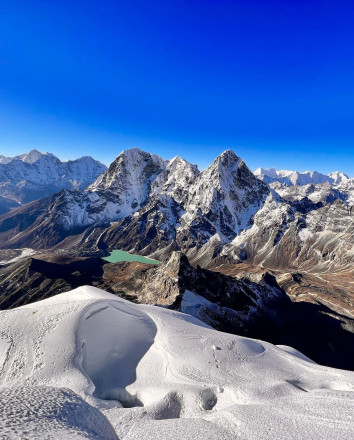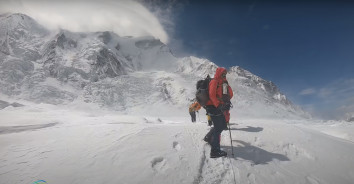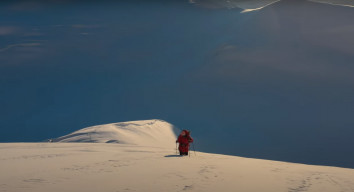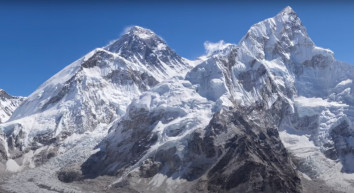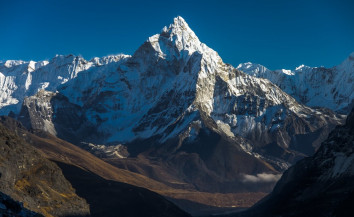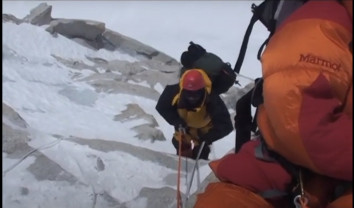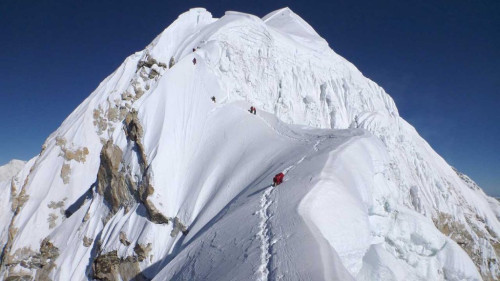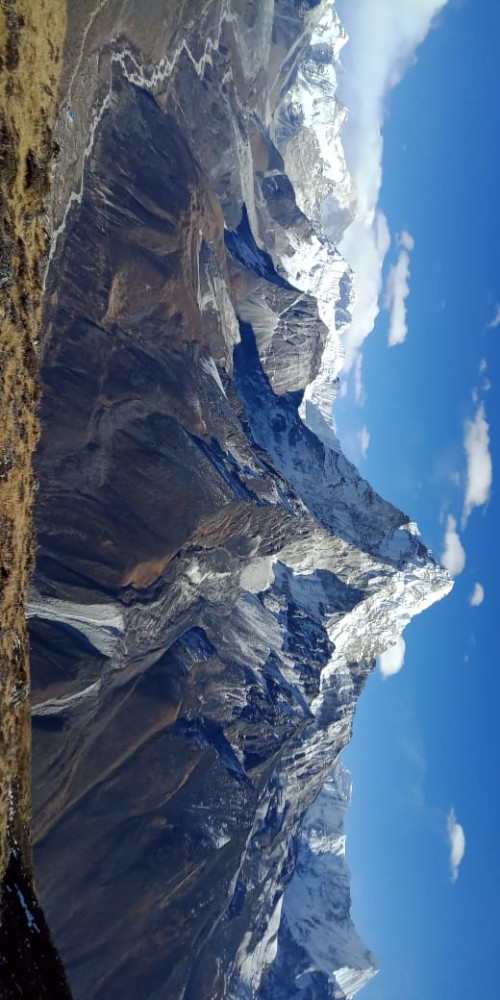Shishapangma Expedition- Trip Overview
Shishapangma, at 8,013 metres, is the last of the 14th world's highest mountains. Situated on the Tibetan terrain and adjacent to the Langtang range, the Shishapangma expedition gives the entry-level experience to the world of 8,000 metres mountains. Most 8,000 metres aspiring mountaineers often climb this mountain before approaching the world's highest, Everest.
Tibet, a Himalayan region in Southwest China, has been an autonomous region, and due to this, no foreigners were allowed for long. Due to this, the first climber of Shishapangma was Chinese Joseph Hsu Ching, and his ten men crew successfully climbed it on the 2nd of May, 2964.
Just five kilometres inside Tibet from the Nepal-China border, Shishapangma is attached to the Jugal Himal range. It has two peaks, one is the standard summit, and another is the main summit. The regular Shisapangma summit is also known as Shishapangma Central Peak at 8,013 metres, and the major peak at 8,027 metres. The Shishapangma expedition was closed in 2014, but on request, the Chinese government opened it in 2018 only for a fearless climber, Nims Purja from Nepal.
Shishapangma Expedition- Rarely attempted Northwest Route
Most climbers prefer the Northwest route to summit Shishapangma which mountaineers consider an uncomplicated climbing route on 8,000 metres mountain. The Northwest route is so comfortable that some climbers often skied down from higher camps.
The Shishapangma South Face has six routes that tower to 6000 feet. Unlike the Northwest route, all six routes in South Face are equally arduous and hazardous. But on May 26 and 28 of 1982, the British Expedition team of Doug Scott, Alex Maclntyre, and Baxter Jones reached the summit via the South Face. The latest summit push of Shishapangma from this face dates to May 1-10th in 2005.
Shishapangma is also the best mountain for climbers who prefer alpine-style climbing. The self-sufficient style without supplementary oxygen makes the climbing demanding but adventurous and thrilling.
Shishapangma Expedition- Route to Summit
Here's an overview of the Shishapangma Expedition that gives you a brief insight into High Camps, routes, and summit day.
Shishapangma Advanced Base Camp, 5,600 metres
Shishapangma Base Camp and Advanced Camp sit on the broad Tibetan Plateau that offers heavenly glimpses of mountains in the Jugal and Langtang region.
World Expedition Nepal makes the arrangements of tents for accommodation throughout this expedition. Kitchen and dining tents, toilets, and personal accommodation tents will be there for you.
Advanced Base Camp becomes your home for 40 or more days, where you'll spend more than 80% of your time climbing preparation. You can gather and talk with climbers from another expedition group.
A puja ceremony takes place before we begin the climbing preparations and acclimatisation rotation.
Shishapangma Camp I at 6,400 metres
Camp I climb from Advanced Base Camp takes 6 hours for novice climbers, whereas experienced climbers climb within 4 hours.
Camp I, at 6,400 metres, is on a broad snowfield that allows many expedition teams to set tents in safe spots. World Expedition Nepal utilises Camp I as the deposit camp for food and material supplies. The Sherpa porters carry the food and supplies to higher camps from Camp I.
The first crampon point is a 3-hour climb from ABC and another two hours of the Shishapangma climb to Camp I. Camp I is an ideal location for viewing sunrise and sunset over the Himalayan giants of the Tibetan plateau.
Shishapangma Camp II at 7,100 metres
After leaving Camp I, you'll first get a comfortable hike on flat terrain for 30 minutes. The route now follows the 50-degree steeper climb supported by fixed lines.
The snow-covered crevasses may put climbers at risk, but the overall climb is comfortable. Hence, harnessing yourself to the fixed lines is essential at any cost.
Camp II is an ideal spot that offers magical glimpses of Langtang-Ri, at 7,205 metres, a prominent peak in Langtang Valley.
Shishapangma Camp III at 7,500 metres
The most strenuous climb of the Shishapangma expedition is from Camp II to Camp III. It's just a 400 metres altitude gain but takes nearly 6 hours for climbers. The first climb, for two hours from Camp II, will be on a faintly steep 25-degree snow slope. The slope runs 150 metres.
Once you cross this slope, you'll walk on a stair ridge for three hours. It sits on the foot of Sishapangama central summit ridge.
One hour's climb from the stair ridge takes you to Camp III in one hour.
The terrain at Camp III location houses nearly 13 individual tents. Climbers rest for eight hours and start the summit push at midnight.
Shishapangma Summit at 8,013 metres
Climbers start at midnight and reach the summit around 7 am. But, the summit climb is the real deal.
The steep climb on a rock and snow ridge takes to the actual summit via a false Sishapangama summit. Most climbers stop at the false summit, 18 metres more down than its actual summit, at 8,013 metres.
The summit view is rewarded with heavenly glimpses of Everest, Cho Oyu, and most mountains in Tibet and Nepal.
Shishapangma expedition summit push from Camp II to the summit requires the fixed rope all to the top. Those climbers who wish to submit the actual peak must cross the knife-edge ridge below the summit. If you want to climb to the summit via a knife-edge ridge, it has to be in ideal weather with 0% wind. Also, there has to be zero snow and utmost visibility. Otherwise, fatalities are definite.
Shishapangma Expedition in Autumn 2022 and Spring 2023 with World Expedition Nepal
We, World Expedition Nepal, employ IFMGA certified climbing guides and sherpa for every expedition we run. Also, we design every expedition with precise logistics and acclimatisation.
World Expedition Nepal is running the Shishapangma expedition for Autumn 2022 and Spring 2023. After a long Covid pandemic, climbers from different countries are making their inquiries about expeditions in Nepal. So, we are receiving inquiries for trekking, peak climbings, and mountain expeditions. We are overwhelmed with the inquiries we are receiving at this time. Also, most climbers who make inquiries with us are reserving their seats for this expedition in Autumn 2022 and for Spring 2023.
We operate every expedition with a fixed number of clients. Thus, we encourage you to reserve your seat before it fills out. We are ready to take you to Shishapangma in Autumn 2022 and Spring 2023. Are you ready?

 Recommended On
Recommended On
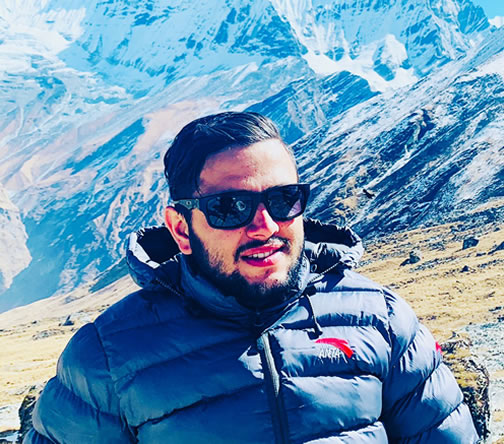
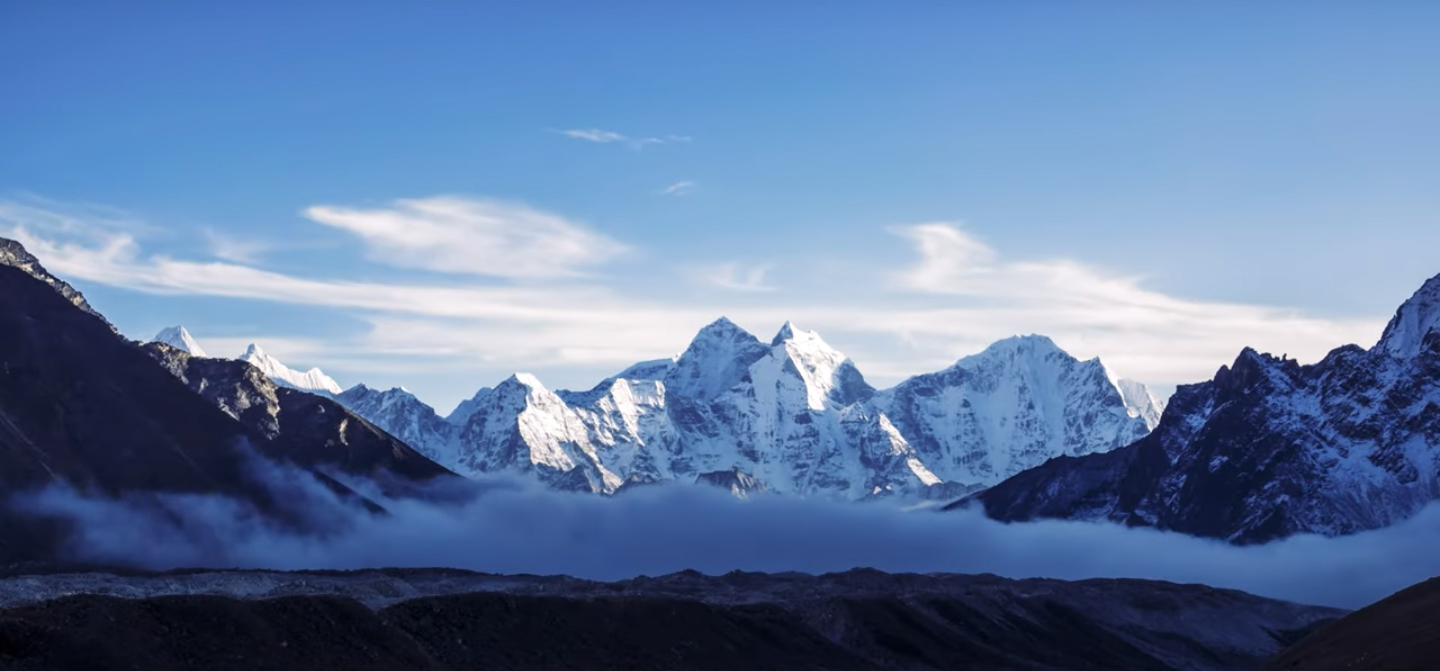


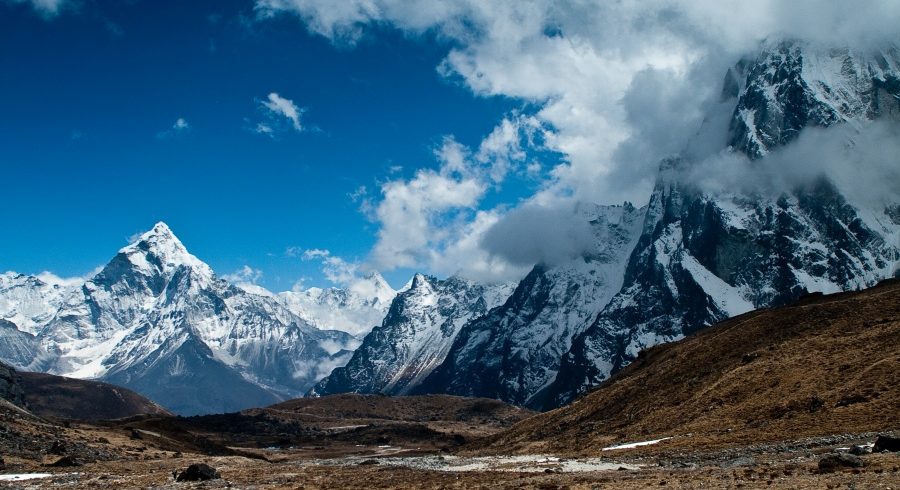
 8000m Peak Climbing , Nepal
8000m Peak Climbing , Nepal  66 Days
66 Days  US$31000
US$31000
